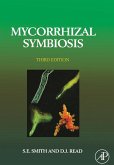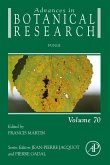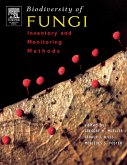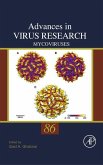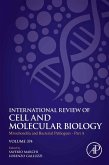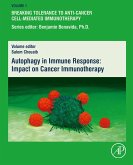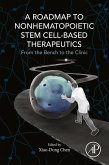Candida albicans is an opportunistic pathogenic fungus responsible for life threating invasive and nosocomial infections across the globe. Candidiasis is a major cause of morbidity among immunocompromised patients. Infections caused by non-albicans candida like C. glabrata, C. parapsilosis, and C. tropicalis have also imposed a serious threat in the last few decades. Current treatment of candidiasis relies primarily on antifungal agents broadly categorized as azoles, polyenes, echinocandins, allylamines, and pyrimidines.
Lately, antifungal resistance has emerged to be an obstruction of current treatment regime. A number of reasons are described in detail. Understanding the mechanisms of resistance is crucial for developing strategies for overcoming the hindrance in current therapeutics.
- Presents a complete understanding of candida resistance to help in the development of therapeutic expansion and novel drugs
- Provides thorough information on candida drug resistance and its remedial implications
- Covers crucial mechanisms of resistance that will help develop strategies for overcoming the hindrance in current therapeutics
Dieser Download kann aus rechtlichen Gründen nur mit Rechnungsadresse in A, B, BG, CY, CZ, D, DK, EW, E, FIN, F, GR, HR, H, IRL, I, LT, L, LR, M, NL, PL, P, R, S, SLO, SK ausgeliefert werden.



